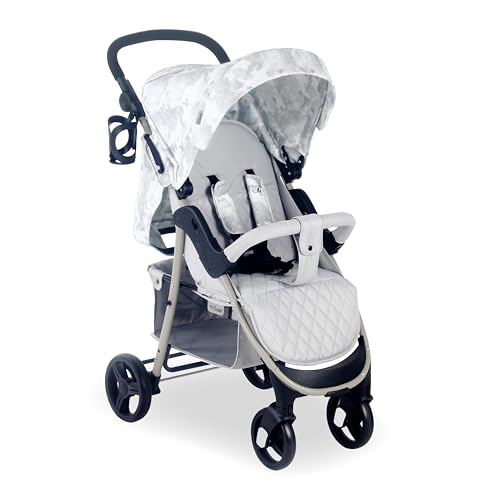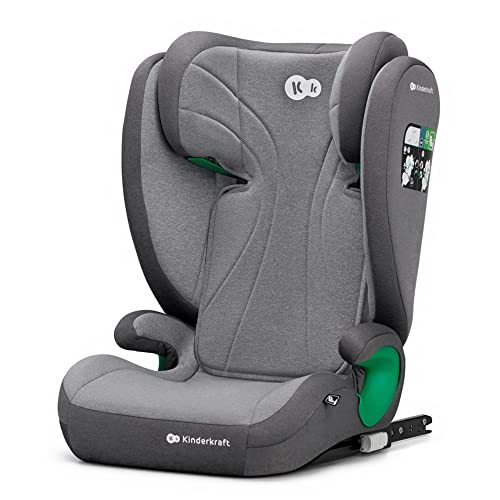One of the most exciting parts of preparing for a new baby is choosing the items that will make parenting easier, and a baby pram tops the list for every parent. A reliable baby pram can be a game-changer, offering convenience and comfort when exploring the outside world with your little one. But with so many options available, selecting the right baby pram can feel daunting. This article provides an in-depth guide to everything you need to know about baby prams, including types, key features to look for, and answers to frequently asked questions.
A baby pram, also known as a baby stroller or pushchair in some regions, is a device designed to transport your baby while keeping them safe and comfortable. Originally designed as a carriage in earlier versions, modern baby prams now come with a host of features and are engineered to suit babies of varying ages and stages.
Unlike umbrella strollers meant for older toddlers, prams are tailored for newborns and infants who need more support and a fully reclined seat or bassinet. They’re specially designed to promote proper posture and comfort for your baby's developing body.
Picking the right pram involves understanding the different types available so you can choose the one that fits your lifestyle and needs.
Traditional Prams
These prams come with a bassinet attachment, making them suitable for newborns. They allow your baby to lie flat, which is essential for their developing spine and proper oxygen flow. Traditional prams are often larger and more luxurious but may not be suitable for tight spaces or public transportation.

Convertible Prams
A convertible pram can transition from a newborn-friendly flat position to a seat for older babies as they grow. This is a cost-effective solution since it grows with your child, often saving you from purchasing separate strollers down the line.
Travel System Prams
A travel system includes a pram, a car seat, and usually an adapter to attach the car seat to the pram frame. It’s the ultimate convenience product for parents who frequently drive and need a seamless option for moving their baby in and out of the car.
Lightweight or Compact Prams
These prams are designed for parents who are always on the go. They’re lightweight, foldable, and great for squeezing into small car trunks or navigating crowded urban areas. However, they may not be suitable for newborns unless they come with additional reclining options.
Jogging Prams
For active parents, jogging prams are built with large wheels, advanced suspension, and hand-operated brakes, making them ideal for uneven terrains and high-speed strolling. They ensure your baby's safety while you maintain your fitness routine.
When searching for the perfect baby pram, it’s important to evaluate your needs alongside its features. Here are the main considerations to keep in mind:
Comfort and Safety for Your Baby
Prams offer a stable and snug environment for babies, with added features like canopies and seatbelts.
Conveneince for Parents
Prams allow parents to transport their babies with ease without carrying them for long periods.
Multi-Functional Elements
Many baby prams double as car seats or carrycots, providing versatility and saving money.

Promotes Outdoor Time
With a pram, parents can easily take their little ones outdoors, benefitting both the baby and caretaker.
Bonding Experience
Strolling with your baby creates daily opportunities for bonding while exploring the world together.
Prams designed for newborns can be used from birth, especially if they allow the child to lie flat. For strollers that don’t fully recline, you’ll need to wait until your baby can sit upright unassisted, typically around 4-6 months old.
While not mandatory, prams provide significant convenience and comfort, especially when running errands, traveling, or taking long walks with your baby.
A pram is designed for newborns and infants, allowing them to lie flat, while strollers are lightweight and ideal for older babies and toddlers who can sit upright.
Most prams come with machine-washable fabric or removable liners. For frames, use a damp cloth to wipe away dirt, and periodically check for rust or damage.
This depends on your budget and lifestyle needs. Entry-level prams may cost around £200, while premium travel systems can exceed £1,000. Balance cost with essential features and durability.
Choosing the right baby pram is an important decision that will influence the early years of your child's life and your convenience as a parent. By understanding the different types, considering your lifestyle and budget, and prioritizing safety and comfort, you can pick a pram that meets your needs. Whether you're a city dweller navigating tight streets or an outdoor lover tackling uneven trails, there's a perfect pram out there for you.
Invest wisely, and you’ll enjoy countless memorable moments with your baby, strolling through parks, running errands, or simply enjoying fresh air together.
No Data Found!

